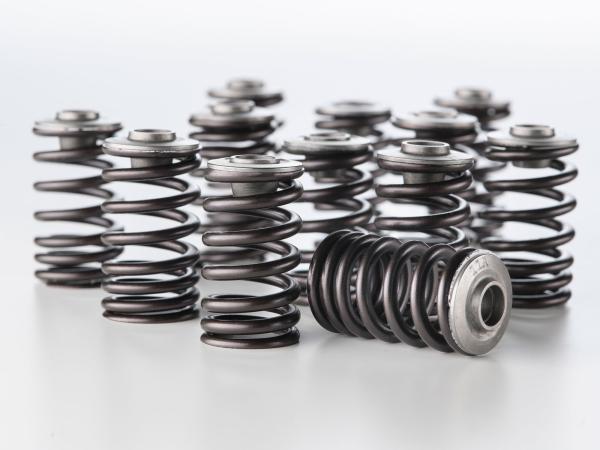Ducati to lose Desmo’ valves for 2021 Multistrada V4
Ducati has moved away from Desmodromic valve actuation for the 2021 Multistrada V4
THE Ducati Multistrada V4 is nearly with us, and still, we are just finding out new information about the new sports touring machine.
The teaser campaign that’s been running for a little over a week now has given us some clues, one of the most interesting being the fact that the bike now has a major service interval – the costly one – of 37,000 miles.
Interestingly, the route Ducati has taken to provide riders with such a large service interval sees them ditching its most famous technology – Desmodromic valve actuation. The system that has been adopted on pretty much every Ducati since the late sixties holds a number of advantages over conventional valve springs. Especially in high-performance engines. For the Multistrada V4 though, the focus of development was shifted, from outright performance to engine longevity, and Desmo got the axe.
For 2021, the Multistrada’s four valves per cylinder are actuated by convention valve springs, doubling the interval over the outgoing 1260 V-twin engine.
Why is Desmo’ better or worse for Ducati engines?
Desmodromic valves don’t reply on springs to allow the flow of gas through the engine. Instead, an engine using desmodromic valves has two cams, and two actuators, each for positive opening and closing without a return spring.
The result is an engine that is historically able to withstand higher RPM than a conventionally operated valve-train that’s to reduced valve float. To prevent this in a conventional engine, heavier springs would need to be used, although this has other knock-on negative effects such as cam drag and wear on the engine’s internal parts.












